Transfer stations are facilities where the waste is compacted by fractions for transfer to the processing plants in large capacity lorries.
There are transfer stations in Alcudia, Binissalem, Campos, Manacor and Calviá where the municipal waste from their respective catchment areas is stored. Thanks to these stations, the lorries that collect solid urban waste in residential areas do not have to cover large distances, thereby optimising the human and mechanical resources.
Household waste collection vehicles do not have to travel long distances to transport waste.
Reduced cost of the municipal household waste collection service. u
65% Reduction in road traffic, increasing road safety levels.
Waste is transported in sealed containers, thereby preventing odour contamination or spillage.
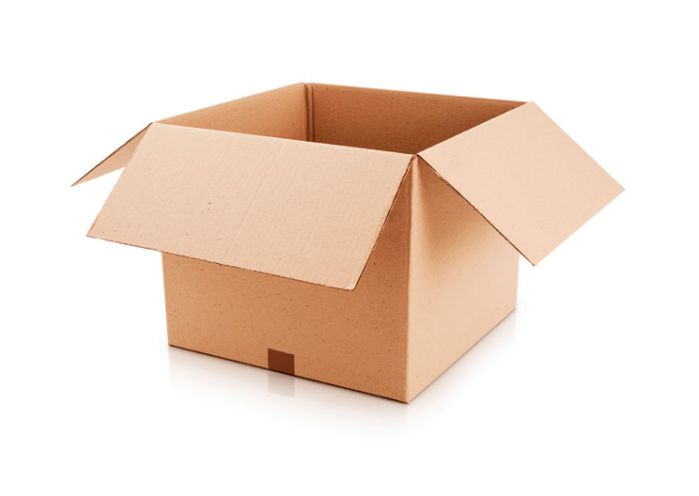
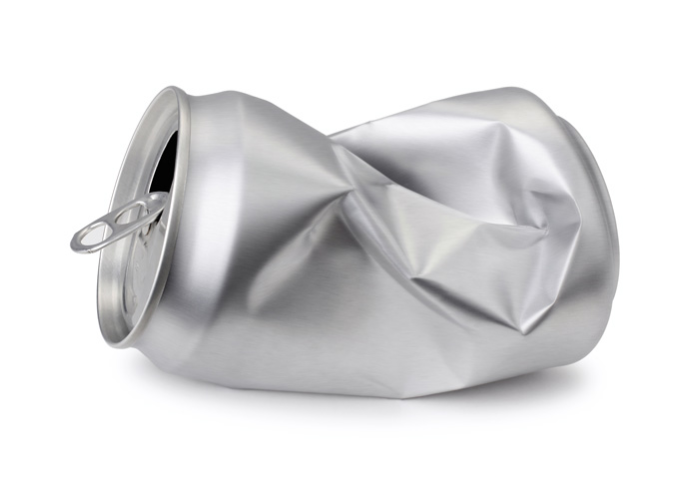
Material recovery consists of transforming waste into resources. Taking this principle as our starting point, we recover ferrous and non-ferrous metals and mineral fraction at the bottom ashes treatment plant. We also recover material from lightweight packaging through selective collection processes at the packaging sorting plant. At the methanation-compost plant, we produce biogas and generate compost by processing the organic fraction of municipal solid waste (OFMSW), pruning waste and sewage sludge (WWTP).
Located in Son Reus, where the bottom slag from the energy recovery plant is processed. The metal elements and mineral fraction are recovered, secondary raw materials that replace virgin materials (metals extracted from mines and quarry aggregates). Separation for reuse and to prevent the use of natural resources.
Located in the Can Canut area (Marratxí), this facility is used for treating lightweight packaging from selective collection (yellow containers). Packaging selected by plastic polymer type is sent to the final recycling plants. Sorting for recycling and reuse.
The packaging is selected automatically and is sorted into the following groups: HDPE (drums), LDPE (supermarket bags), PET (mineral water and soft drink bottles), MIX (mix of various types of plastic), cardboard-aluminium for drinks (cartons), aluminium and steel.
The staff hired by TIRME for operating this facility are from the Deixalles Foundation.
Located in Marratxí, where we produce biogas from the anaerobic digestion of organic waste. The biogas is burnt in the engines and generates 100% renewable electricity.
Situated in Marratxí, Calvià and Felanitx, these plants produce compost, an organic soil conditioner of exceptional agronomic value that is later used in agriculture as an organic fertilizer to improve soil quality.
Composting of the organic faction (OFMSW and WWTP sludge), mixed with structural material (pruning waste, sawdust, etc.) is a natural fermentation process with oxygen and high temperatures (around 60-70 degrees) that eliminates germs, parasites and weeds, producing compost.
The objective of Mallorca's waste treatment system is to recover all the waste it receives. Energy recovery which consists of using waste as fuel, will be applied to all waste that is not suitable for material recovery At the energy recovery plant, the waste is transformed into energy. Fifty per cent of this waste is considered to be renewable, thereby guaranteeing zero waste to landfill. In turn, the solar drying plant processes wastewater treatment sludge for the production of biofuel, using solar radiation and residual heat from the energy recovery plant.
Situated in Son Reus, at this facility incineration processes enable us to make efficient use of the energy contained in waste and achieve our goal of zero waste to landfill.
This type of facility is technically complex and is designed and operated in accordance with extremely strict legal requirements. This waste treatment technology has been amply tested and offers outstanding levels of reliability.
On Mallorca, The first two energy recovery lines became operational in March 1997. These lines have a processing capacity of some 300,000 tons a year. Today, we have a further two lines, fitted with cutting-edge technologies and a capacity of around 430,000 tons a year.
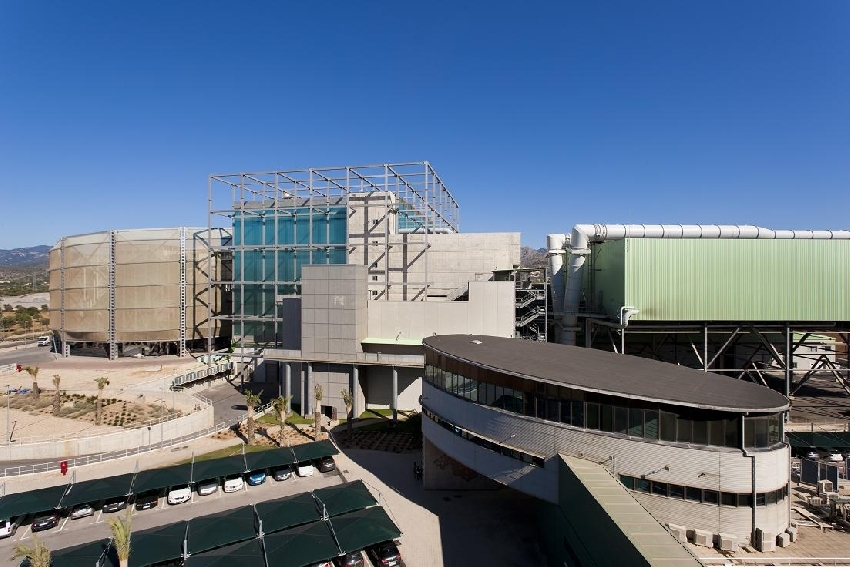
Situated in the Can Canut area, this facility treats digested sludge, digestates and non-digested sludgy for the production of biofuel.
Around 40,000 tons of sludge are treated, producing an end product of around 15,000 tons of dried sludge which is then recovered for energy.
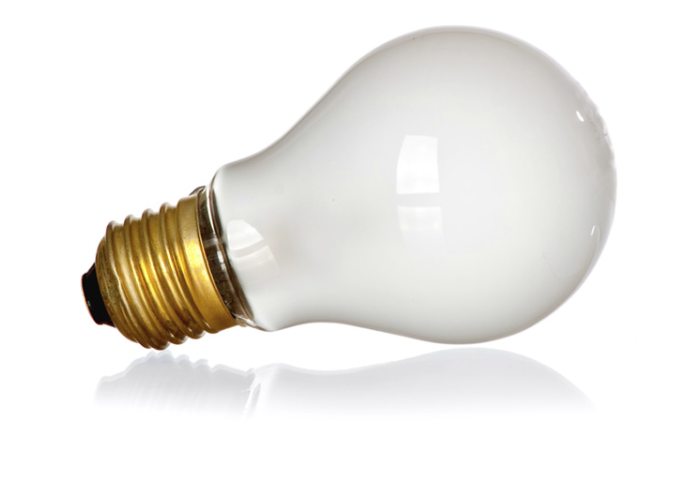
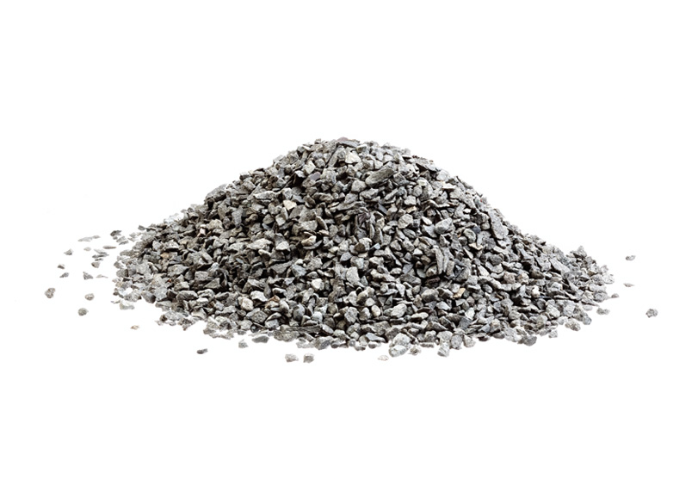
No waste processing system can be considered to be complete, safe and efficient without eliminating the waste that cannot be recovered. We therefore have asecure landfill for stabilised fly ash from the incineration process and a reject landfill, located in Santa Margarita.
The secure landfill was built to house the fly ash from the filtration of the gases produced by incineration at the Son Reus energy recovery plant. Once the ash has been stabilized, it is mixed with cement.
This unit receives the waste from the construction and demolition waste treatment plants that are not suitable for material or energy recovery.b
As part of its commitment to introducing ongoing improvements, TIRME offers users a new portal for placing compost purchase orders.